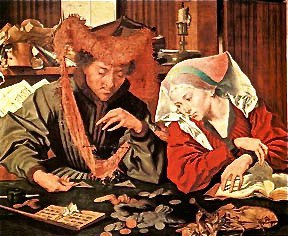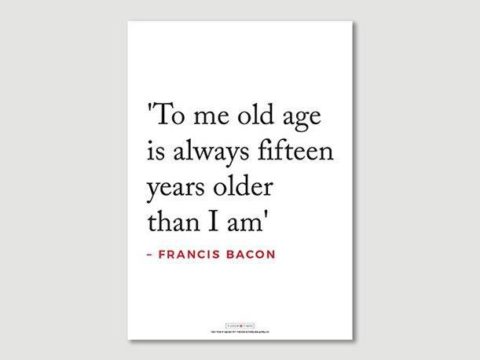Dowries & Marriage Settlements
Chapter 1: Marriage & Money
Marriage, as has been noted elsewhere, was primarily a business arrangement. The purpose was to create a functioning economic unit, into which children could be born, and which, hopefully over time, amassed more wealth. For all but the poorest levels of society, agreeing the financial arrangements before the vows were taken was an important step. What is described in this article is the general structure in England, of course individual arrangements might be different.
There are four basic points to consider: the dowry (sometimes referred to, especially for royal women as the ‘dot(e)’; the jointure; the dower; and the will.
Women and the Law
Under common law, married women had no property rights, everything they owned being the property of their husbands. However, women could be, and usually were, protected by the pre-nuptial marriage articles, which would state the dowry and dower rights, and for well-informed women or careful fathers, exceptions by which she might reserve the right to deal with lands she already held or agree with her husband how her property or lands would be devolved in the event of her pre-deceasing him.
A woman who inherited land, if she managed to emerge from wardship unmarried (a vanishingly small likelihood) could ‘sue her livery’ and take possession. Until she married, she would be a ‘femme sole’ and have the same rights as a man. Similarly, once widowed, she could operate independently. Queens were ‘femmes sole’, and so, by special Act of Parliament, was Lady Margaret Beaufort, Countess of Richmond and Derby.


